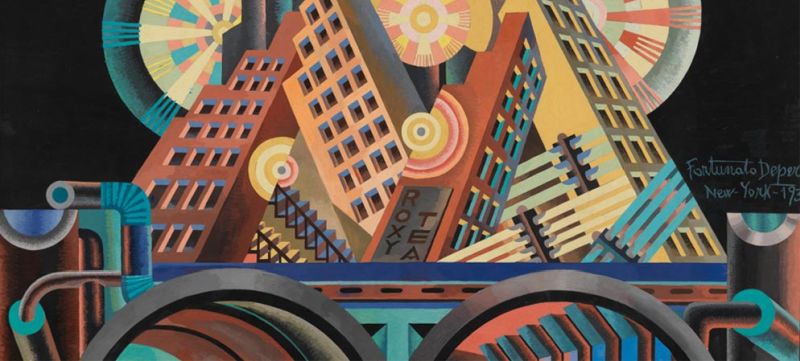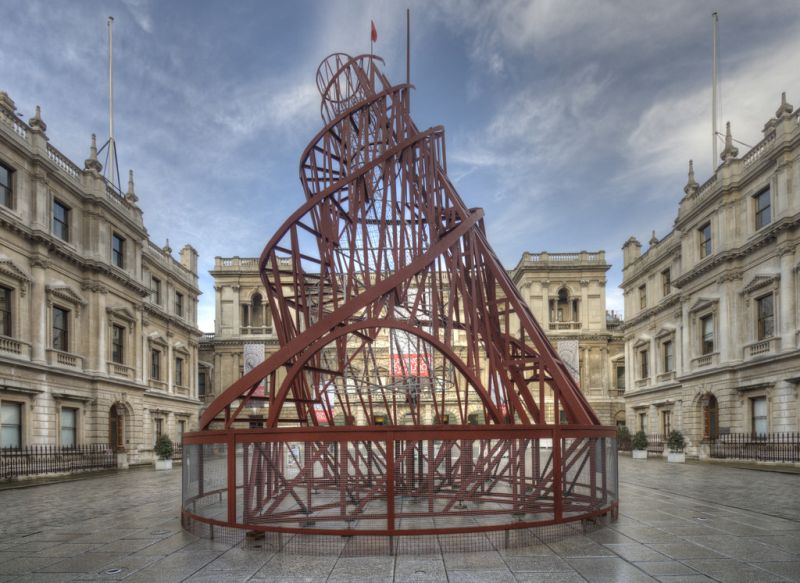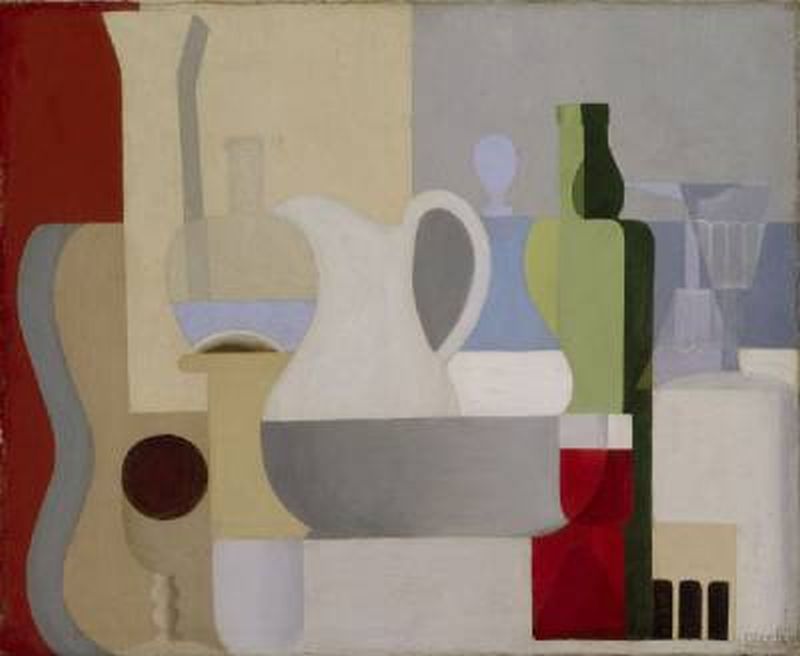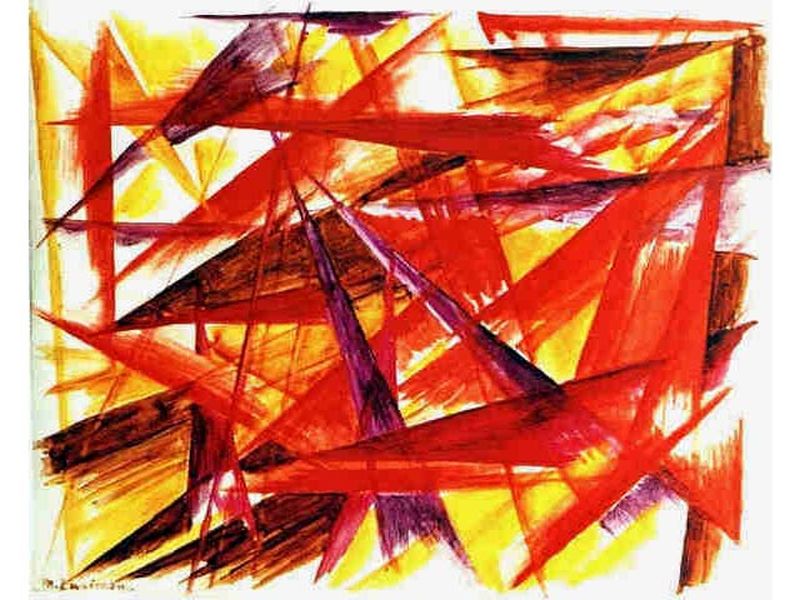History, especially art history, has been a linear street for most part. One artistic movement’s flaws turned into another one’s finesse. Every change in the art world was reactionary to say the least. Neo-Classicism’s order and decorum was flushed away by Romanticism’s imagination and subjectivity. In turn, the Romantic imagery and idealism was knocked out of the park by Realism’s objectivity and criticism. But there came a decade which changed everything. The rise of Impressionism as an art movement opened flood gates for artistic ideas and concepts such as Maximalism, Productivism, and Expressionism. If you are someone who likes to dabble in art forms and movements that existed, but were hardly noticed behind the glamour of mainstream artistic endeavors, this article is for you. Here are 4 lost art movements that created the century that we live in.
Purism (1918 -1925)
Image Source : expertisez.com
Perhaps it was the effect of the First World War’s devastation and destruction, but art movements during or after the War constantly focused on the fragmented and multi-faceted aspect of every object, image, and sound. Pablo Picasso and Georges Braque founded Cubism, an art movement that redefined the way we look at objects. But no sooner did Cubism set its feet in the long list of art movements in history, another art movement threatened to uproot it completely.
Purism, one of the lost art movements in history, was introduced to the world by French artist AmedeeOzenfant and French-Swiss architect, Le Corbusier. Purism, as an art movement, was the complete opposite of Cubism. While Cubism sought to present the smashed, divisive, and chipped version of an object – say a red bottle – Purism aimed at retaining its geometric construct, and presented it as a whole object.
While we all know that the ideals and principles of Cubism prevailed because the modernist approach in art could connect to the dismantled version of reality, Purism was one of the highly unknown art movements that has the potential to bounce back and restore solidarity and singularity in the 21st century.
Rayonism (1910-1920)
One of the most unusual art movements, Rayonismsimply extended the artistic imagery of the Impressionist movement. While the Impressionists focused on the light rays that touched, reflected, and refracted on a particular object; Rayonism, started by two Russian artists, went a step further by extracting the object from the painting and focusing solely on the light rays around it. Larionov’s Red Rayonism is a brilliant example of how one of the most absurd art movements in history shifted its focus from the object to the background in a spectacular manner.
Rayonism, one of the lost art movements of history, left behind a memorable impact. This art movement inspired another major one 30 years after its inception. In the 1940s, USA became an epicenter to one of the best known art movements of all times – Abstract Expressionism.
Futurism (1910s) – one of the best lost art movements in history
 Image Source : exhibitions.guggenheim.org
Image Source : exhibitions.guggenheim.org
Change, speed, and innovation – these were the 3 words that defined Futurism. The term itself was coined in 1909 by Filippo Marinetti. Futurism, a movement that depicted humans in a mechanic form was a multi-dimensional one, since it extended its reach from literature and philosophy to art, architecture and even sculpting. Futurism criticized tradition and culture and promoted war, misogyny and advancement.
You will be able to identify a futuristic piece of art by the elements present or absent in it. Filled with images of automobiles, flying machines, and infinite crowd – these paintings, sculptors or designs are devoid of anything natural, happy, or laid back. The figures are fragmented and intersected, while the colors are vibrant and bright.
Futurism, one of the most vivid art movements in history, quickly vanished into obscurity, because the ideals that it put on a pedestal proved devastating by the end of the First World War. Speed, change, dynamism and innovation lost its virtues as the horrifying truth of the War silenced every single glorification of violence as a denominator of strength and development. And so, one of the most unusual art movements, sank into a pitless well of oblivion.
Constructivism (1910-1920)
 Image Source : farm8.static.flickr.com
Image Source : farm8.static.flickr.com
By the end of 1910, Cubism had spread to Russia. There, the Russians tried to add their spin to the movement by theorizing that any piece of art should be constructed with industrial materials, such as wood, glass, or steel – so that art can serve a social purpose rather than just remaining an abstract idea or concept. The Russians named this art movement ‘Constructivism’.
Vladimir Tatlin, along with Nuam Gabo and Antoine Pevsner, published the Realist Manifesto in year 1920, whereby the artists persuaded the Russian public of the utility of machines and technology. Tatlin’sMonument For The Third International (1920), a spiral structure made to function as a government building turned into an iconic example of how art and material can fuse together to deliver visuality and functionality.
In Russia, one can find Constructivism in fashion, architecture and graphics. Soviet opposition to this art movement forced the artists to flee Russia, thereby plunging this art movement into the abyss of the lost art movements in history.





